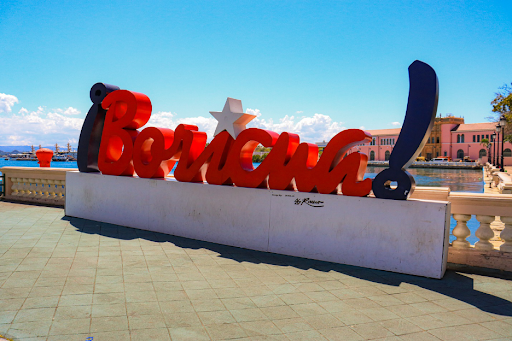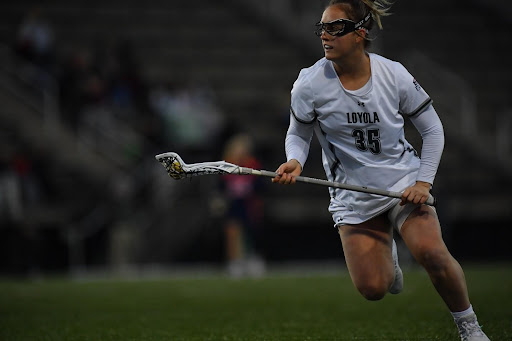Every year, Loyola receives hundreds of applications from students who want a work-study position to help defray the costs of attendance, but is this job actually benefiting the students?
“Studentaid,” the official government website for student aid, defines work-study as “providing part-time jobs for undergraduate and graduate students with financial need, allowing them to earn money to help pay for educational expenses.” No mention is made of the life lessons available to student employees or of the manner in which one should balance studies, work, and the rest of one’s life.
At Loyola, the Fitness and Aquatics Center (FAC) is one of the places that hires the most student employees. Speaking with work-study employees there provides a good thumbnail sketch of the value students place on this activity. After talking with a few students and one of the full-time employees, it was clear that they all felt work-study was beneficial and, in some cases, essential.
Louis Cuco ‘24 said, “I have worked at both the financial aid office as well as the FAC. I knew I was eligible for work-study as it was something I accepted as part of my financial aid. I would not be at Loyola if it wasn’t for the work-study opportunity.” Clearly for Cuco, work-study is economically essential to his study at Loyola.
Having a part-time job while pursuing a degree can be difficult at times, not to mention if you are involved in other extracurricular activities. So, do students find it difficult to maintain a good standing both scholastically and as an employee?
Carolyn Stoller ‘22, is the director of sustainability on campus. She said:
“Sometimes it’s difficult to juggle work with school and other activities, but if you plan your time well it’s always manageable. I’ve never had too much trouble completing all my tasks.”
Stoller added, “I wanted a work-study job so that I could become more independent and rely less on my parents, as well as learn more responsibility with finances.”
She says that those life lessons have accrued. She added that although she spends most of her earnings on books and school supplies, she also saves some for the future, when she finishes her college career.
It seems that work-study is the go-to for current undergraduate students, but what about those at the graduate level? One important decision-making criteria is that there is a cap on how much money one can make each year for a work-study position ($3,800 or 15 hours a week), and for some, this might not be enough.
Tim Ayd, a graduate student at Loyola and the current assistant of recreation at the FAC, said:
“I do think work-study benefits students; however, I think the money that other, particularly incoming work-study students receive should be more.”
After talking more about the salary cap Ayd added:
“We [the FAC] have actually seen less students applying for work-study. A majority of our student staff is now direct hire.” Direct hire students are not subject to a salary cap. It seems the relative economic value of work-study can be a determining factor on the student’s choice to accept this type of aid.
Overall, the interviewees seemed to agree that work-study provided value, but that value was assessed via balancing economic and other benefits. Work-Study gives students a chance to help finance their time at college and to learn life lessons through that employment. It can be challenging to balance a job and schoolwork, but most work-study students soon learn how to accomplish the needed balance (a major part of those life lessons), fortunately, employers seem to understand this dilemma and are pretty accommodating. The salary cap may influence students’ decision to apply for work-study from a financial standpoint, as it seems to be the main reason why more students are starting to move instead toward direct hire. But the concept of working to enable studying while gaining life experience seems like a win-win for all involved. As Cuco said, “Work-study has not only allowed me to go here [Loyola] but has given me the chance to make friends with people I probably would not have met outside the FAC.”
Featured Image courtesy of Bich Tran via Pexels


















































































































